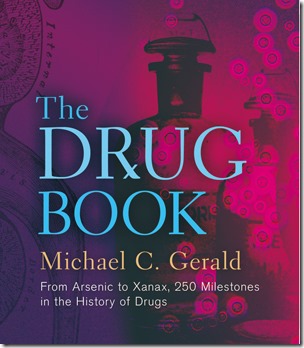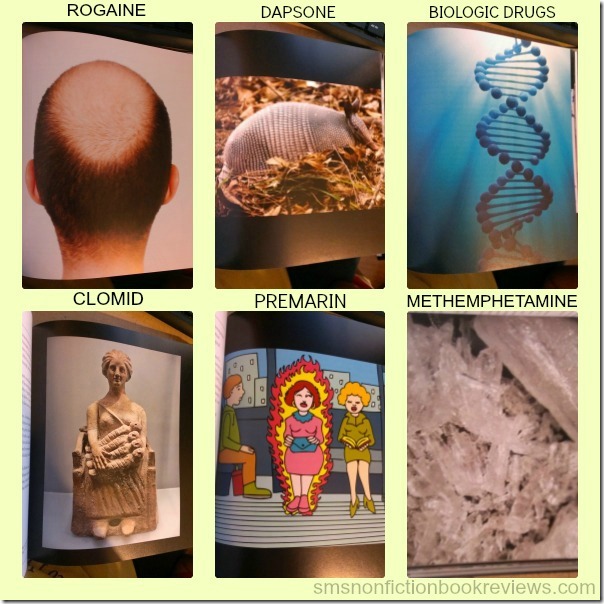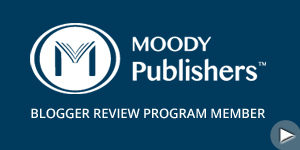
Sterling (Sep 2013)
Pharmacology
528 pages
Summary: The Drug Book talks about the history of drugs from as early as 60,000 BCE to modern times and even a bit in the future. The book covers all types of drugs from ancient drugs such as opium and hemlock to vaccines to hormones to homeopathic cures and controversial medical treatments.
This book is even more interesting than I thought it was going to be.
NOT a Medical Textbook: An Interesting Timeline of Drugs
It’s not just dry writing about a medication’s background, use and side effects. It’s not a medical textbook. The book IS a fascinating timeline of the development of drugs and medications accompanied by interesting photographs.
From 1928 Penicillin (pg 178):
“The discovery of Penicillin G marked the start of the antibiotic epoch. It is estimated to have saved some 100 million lives. The antibiotic also decreased syphilis deaths by more than 98 percent from 1940 to 1975. Not surprisingly, penicillin is considered by many (including this author) to have been the most significant drug every discovered.”
From 1884 Cocaine (pg 124):
“By 1880, reports of cocaine’s miraculous properties abounded. It was purported to cure morphine and alcohol addiction, tuberculosis, and even impotency. […] Sigmund Freud used cocaine in an attempt to cure a friend of morphine addiction; he succeeded in transferring the friend’s addiction to cocaine. In 1884 […] Carl Koller, discovered cocaine’s very potent local anesthetic effects on the eye. […] The medical community immediately embraced the significance of Koller’s report, but their enthusiasm tempered by reports of its abuse. In 1905, the non-addicting synthetic local anesthetic Novocain replaced cocaine.”
The Illustrations/Photographs
As you flip through the book, you notice that the left side has the information and the right side has an illustration, photograph, or display of art that somehow relates to the drug being mentioned.

Some of the images are self explanatory (Rogaine is for hair loss and Premarin is for hot flashes/menopause.) Some require a bit more explanation and some a lot of explanation. Luckily the bottom of each information page has a little blurb about the image.
From 1937 Dapsone (pg 204):
“Contact with infected armadillos, long used for the testing of anti-leprosy drugs, has been found to be responsible for one-third of the 150-250 leprosy (Hansen’s disease) cases that arise in the United States each year.”
That explains why there is an armadillo under Dapsone! Clomid is a fertility drug (hence the multiple babies), Biologic drugs are almost identical to substances made in our bodies. They are produced by applying DNA technology (hence the DNA image.) The image for meth is what it looks like up close.
One Thing You Should Know About the Book
The Drug Book is a very intriguing book but just so you know, there is some minor nudity in the images, all art related. I don’t think it would bother the average person but combined with the images of people injecting drugs and such, it’s not a book to let your children flip through.
I or a member of my review team received this book for evaluation purposes. Some links above may be affiliate links. All review are honest.








